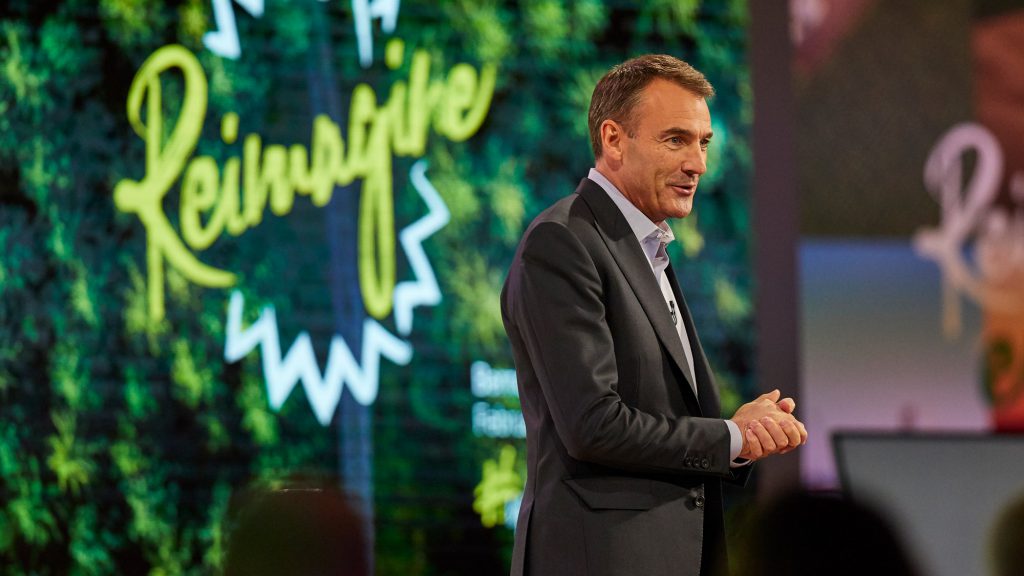BP slammed for lofty climate change ambition, Rio ignored for small step

Two major resource companies made two very different announcements recently, both on the theme of addressing climate change. The stark contrast between them shows the industry is still grappling with how to meet the challenges ahead.
BP Plc’s new Chief Executive Bernard Looney set out an ambitious plan for the oil and gas giant to achieve a zero net emissions goal by 2050, saying the company needed to “reinvent” itself.
In a far less splashy announcement, Rio Tinto, the world’s second-largest mining company, said it was committing A$98 million ($65 million) to building a solar farm and battery storage system at a remote iron ore mine in Western Australia.
In essence, what happened is that BP made an announcement long on promise but short on detail, while Rio’s statement was big on detail, but limited in ambition
The BP announcement garnered vast media attention, as perhaps was appropriate given the sheer ambition of the target and the status of the company involved.
The Rio statement received some relatively minor coverage in the Australian press and the specialist renewable energy media, but little beyond that.
In essence, what happened is that BP made an announcement long on promise but short on detail, while Rio’s statement was big on detail, but limited in ambition.
The BP announcement could be easily attacked by critics as just another attempt at “greenwashing” by a big company whose products are carbon emissions intensive.
Certainly, BP copped flak for the lengthy time frame and the lack of a clear plan, and not just from environmental activists.
Glencore Chief Executive Ivan Glasenberg was scathing of BP’s announcement, saying that 2050 was a “long way to go, and we don’t want to come out with wishy-washy ideas.”
In some ways it may seem a bit rich for Glasenberg to be throwing stones from his glass house of being the company that exports the most thermal coal in the world, but he does have a point.
What activists, and increasingly shareholders and financiers want to see is concrete plans and targets, and details of how resource companies intend to get there.
Need for benchmarking
Glencore said it will cut emissions by 30% within 15 years, including the Scope 3 emissions released by the consumers of its products.
Emissions are divided by the Greenhouse Gas Protocol into Scope 1, which are emissions released during direct operations, Scope 2 are those from indirect sources, such as the electricity bought to make a product, and Scope 3 are those emitted by end users of the product.
While BP may well be planning to “walk the talk”, for now it remains an example of the public relations effort seemingly getting ahead of the actual actions
Up until recently most mining and oil companies were more focused on Scope 1 emissions, believing that those were mostly within their control, but there is a growing realisation that accounting for Scope 2 and 3 is increasingly a focus of investors, governments and activists.
BP has said it will provide a more detailed breakdown of how it will achieve its net zero emissions by September, and perhaps the company should be given the benefit of the doubt until this is released.
But the less than positive reaction to BP’s announcement underscored the risks to companies that operate in emissions intensive industries.
While BP may well be planning to “walk the talk”, for now it remains an example of the public relations effort seemingly getting ahead of the actual actions.
In contrast, Rio may be somewhat disappointed it didn’t receive more kudos for its solar plans, which is the company’s first such facility. Rio said the plant will supply about 65% of the electricity to the Koodaideri mine, cutting annual carbon emissions equivalent to 28,000 cars.
As resource companies increasingly move toward reducing their carbon footprint, it’s becoming clearer that they would benefit from a benchmarking process, which would have to be independent, authoritative and able to command the respect of the wider community.
(By Clyde Russell; Editing by Richard Pullin)
More News
{{ commodity.name }}
{{ post.title }}
{{ post.date }}

Comments